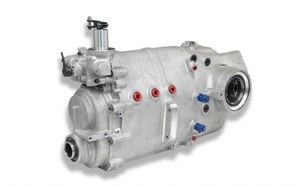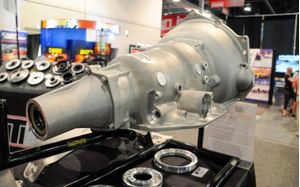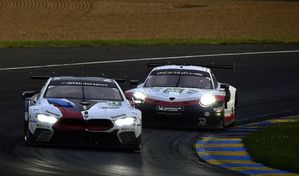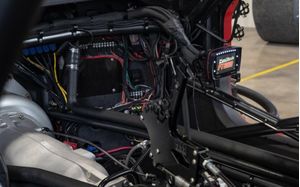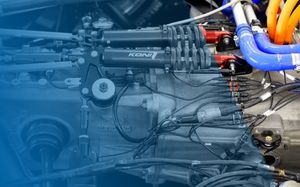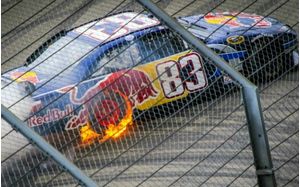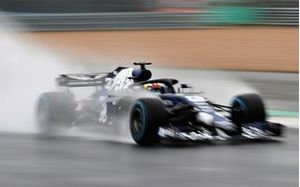Items marked by the "Racing Transmission" tag:
Articles
While most racing series have already been integrating sequential or DCT transmissions for quite a while, NASCAR has remained committed to its standard 4-speed manual H-pattern transmission. But recently, automotive news media have reported that the next-gen NASCAR Cup Series car that is presently under development comes with a six-speed transmission instead of a standard 4-speed unit.
Since 4-speed automatic transmissions first appeared, 2-speed automatics have almost become obsolete. No doubt that these simple but powerful transmissions are still popular among some drag racers, but it becomes a real problem when it is required to find these units on the market. While it is still possible to visit a local junkyard, find a used unit (if you are lucky), and to have it reconditioned, it may be not the best solution.
Operating under extreme conditions, transmissions installed in Le Mans racing cars still have to timely deliver the necessary amount of torque to the wheels to increase the team's chances of winning. To put it simply, the transmission must be durable and Ricardo knows for sure how to achieve this goal.
Formula One is considered by many as a pioneer of racing technical solutions, but in many cases new ideas of F1 engineers often come to nothing because of strict rules regulated by responsible authorities (FIA). The history of F1 is full of instances of banned innovative solutions. In this article we will take a look at the story of the CVT transmission technology in Formula One.
Recently, Ricardo has announced the launch of production of newly-designed transmission solutions for the ABB FIA Formula E Championship 2020. This statement manifests the start of the Ricardo’s 4-th season of providing its advanced car components to teams taking part in the most popular 100% electric street racing competitions.
Pacing technologies have always been the main factor in progress and competitive power of FuelTech company, specialized in production of controllers and management systems for racing cars.Recently, the company has updated ECU software released software update for ECUs in drag racing cars, ensuring improved control over gearbox operation.
Hewland Engineering Limited is the only company in the world that supplies transmission solutions to racing teams at virtually all levels of motorsports. Transmissions of this British company are distinguished by high quality components and high-tech production process. In this article, we will become more familiar with this company and take a closer look at its racing transmission technologies.
In recent years, dual-clutch transmissions gained popularity among major automakers. These advanced units found application not only in powerful passenger cars, but also in numerous luxury cars. But when it comes to racing competitions, DCTs are still mainly ignored by most of racing teams. But why?
It
is hard to believe that a modern racing car, breaking records in one of the
most entertaining race series, owes its transmission design to a unit that was
installed in the road car back in the '50s. But don’t be surprised because we
are talking about NASCAR, where the only allowed transmission solutions still
have to look like a legendary BW ST10, firstly used by GM more than six decades
ago.
Lenco Racing Transmissions is a well-known provider of transmission solutions for motorsports, especially drag racing. Recently, the company came up with a new transmission. This solution is notable for light weight, new peculiar technologies, more sophisticated elements, and less rotating mass than its predecessor.
FIA plans to standardize a gearbox unit for all F1 teams. For this purpose, the governing body of the motor sport has recently issued a tender to find an official supplier of a single specification gearbox for the 2021-2024 F1 seasons.
If you are an F1 fan and always wanted to learn more about technical specifications of racing cars and how their crucial components actually operate, then this article is for you. With the help of a YouTube video from Scott Mansell, we will see how a gearbox from a 1997 F1 car is disassembled, become familiar with its peculiarities, and explore its operating principle.

